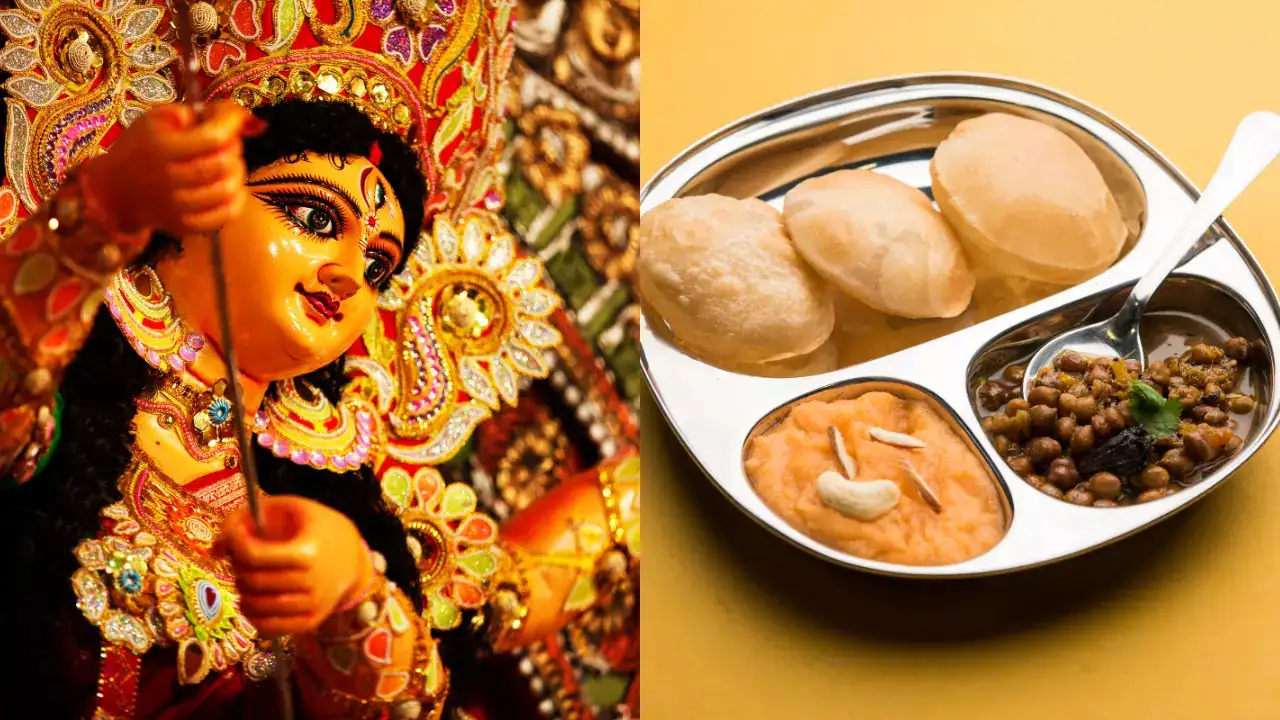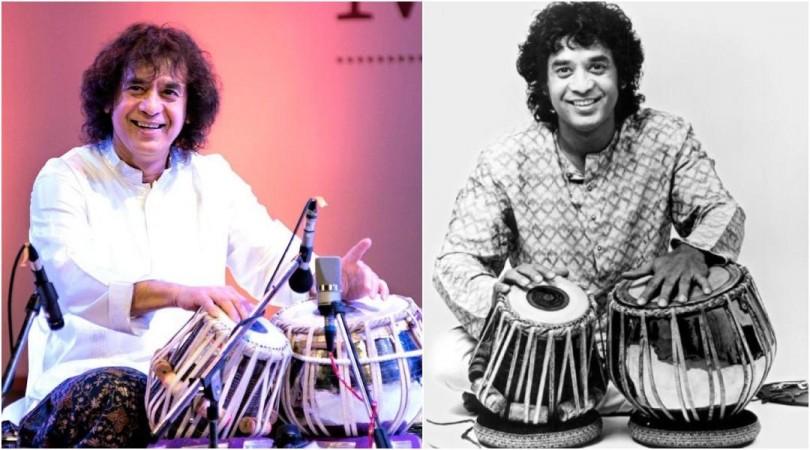During the sacred days of Ashtami and Navami, especially on Ram Navami, a special bhog (offering) of poori, suji halwa, and kale chane is traditionally prepared in many Indian households. But have you ever wondered why these specific dishes hold such significance?
The Significance Behind the Bhog
🍛 Symbol of Devotion and Gratitude
This trio of dishes is a humble yet wholesome offering made to Goddess Durga (on Ashtami) and Lord Ram (on Navami), symbolizing gratitude, purity, and devotion.
🌾 Seasonal and Sattvic
The ingredients—whole wheat flour, semolina, and black chickpeas—are sattvic (pure) in nature and easy to digest, aligning with the principles of Navratri fasting and seasonal transition.
👧 Kanya Pujan Tradition
On Ashtami/Navami, devotees perform Kanya Pujan—worshipping nine young girls as the embodiment of the nine forms of Durga—and serve them this sacred meal as part of the ritual.
🙏 Balanced & Nutritious Offering
Each component of the bhog has its significance:
- Poori represents fulfillment and prosperity.
- Halwa adds sweetness to the celebration and symbolizes joy.
- Kale Chane stand for strength, nourishment, and simplicity.
Why It Continues Today
The tradition blends spiritual significance with cultural heritage and continues to be a heartfelt part of the Navratri and Ram Navami celebrations.
Would you like a recipe for the traditional bhog dishes? 🍽️




